Off season activities: I enjoyed competing in a local triathlon during the off-season. Michael (L) and Brendan (R).
In October each year, I transition to my hiking off-season exercise regime, which involves very little forward planning, structure, or activity tracking. This is in stark contrast to my action-packed hiking season in the Alps, which is all about detailed daily planning and capturing content. While my off-season approach to exercise usually adds a couple of inches to the waistline, it’s a great way to unwind and give my body a break.
At the end of February, my approach to exercise changes gear as I move from free-wheeling to a formal training plan in preparation for the upcoming hiking season in the Alps! I started following a structured plan in the lead-up to last season and found it to be a game-changer given my old approach was no longer working for me. You can read more about my training environment and change in approach here.
As noted in our first training diary blog post, Susan and I are planning to complete 8 legendary hikes to share updates for our existing trails and capture content for new trails we’ll be adding to The Hiking Club platform. My training plan for this year has been designed around completing the Tour du Mont Blanc in 5 days. All the trails I do after this will have similar size days, so provided I stay healthy and focus on recovery and maintaining my fitness between hikes, this is the right plan for me.
Training plans for hiking in the Alps: The Hiking Club has an educational webinar and template to help hikers create their own training plan.
I created my own training plan by using our template last year to prepare for my ‘Break the Trail’ hike. Given I was able to achieve all my hiking goals in 2023, I’m using our training program again for my 2024 preparation! Below, you will find a few notes and a self-determined grade for each of the training components over the first 6 weeks of my 2024 training plan.
Starting point
I chose to immediately build on my average weekly step count from the weeks leading up to the start of my training program rather than reducing my step starting point by taking credit for introducing strength sessions. I felt confident doing this wouldn’t overload my training, as I had already taken a conservative estimate on my current weekly step count and was already doing a lot of cardio training, which would be reduced. By using this approach, based on my average weekly steps before starting the program, our training framework calculated that I needed a 12-week training plan to reach the goal of being ready for a 5-day Tour du Mont Blanc.
Strength sessions
Mark: 5/10
Despite having the best intentions to complete these, I’ve only done half of the sessions so far. Because of this, I haven’t done any ‘deload’ weeks as I’m already having these rests by not doing all the sessions. I’m disappointed by this, given I know how important and beneficial they are! I always plan to do them in the evening after the kids have gone to bed. However, I’m not very motivated to exercise at this time, especially when it’s the second workout of the day, so I needed to change it up for the next 6 weeks!
ENDURANCE TRAINING - SHORT CARDIO
Mark: 10/10
Bike riding: I love understanding how to take credit for different activities with the conversion table in our training plan. Pat (L) and Brendan (R)
I’m enjoying a variety of activities for my short cardio, including swimming, running, stair-stepping machines, and bike riding. I haven’t had any problems achieving my short cardio goal, and I regularly go well over the weekly target, given that it’s normal for me to do a lot of cardio each week.
ENDURANCE TRAINING - STEPS
Mark: 8/10
Training in Australia: A steps endurance session quickly turns into a short cardio session when there is a snake on the trail!
I’ve had a lot of variability in my step count each week. In total, I’ve done 33,000 more steps than I needed to over the first 6 weeks of the program, however, I’ve gone way over the weekly goal in half the weeks and then between 2,000-7,500 steps under on the other half. Each week, I’m pleased to have completed a longer endurance session on Saturday and will focus on trying to get closer to the step goal each week.
One thing I realised is that my stride length is nearly 50% higher when I run than when I walk. Therefore, I’m doing a distance-based step conversion for any hiking/running where my stride length is more than a walk, so they can be applied to the overall step count in the same step unit measurement (which is my average step/stride walking length).
REST
Mark: 8/10
One planned rest day and occasionally I’ve also had another unplanned day when I couldn’t find the time for training. Rather than changing my plan to train on my next planned rest day, I’ve opted to ‘catch up’ on the endurance training.
It’s great to be back training with purpose again. Based on how I’m feeling halfway through my 3-month program, I’m confident that I’ll have the endurance and strength to thrive on my 2024 Break The Trail hike. If you want to use our training program to create your own plan, check out the bundle below.
Author: Brendan Jones, The Hiking Club
A pizza-making, craft beer-loving, peanut butter connoisseur that has been exploring the great outdoors since completing the Duke of Edinburgh Award in high school. He started The Hiking Club to democratise hiking and the benefits that come from spending time in nature. You can read more about Brendan and the team here.







